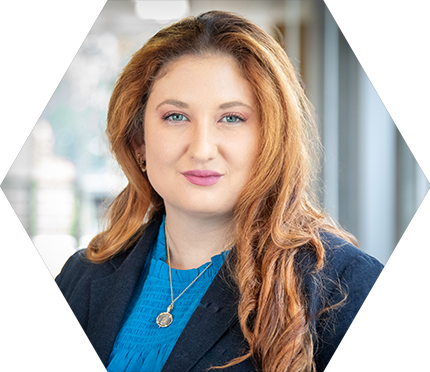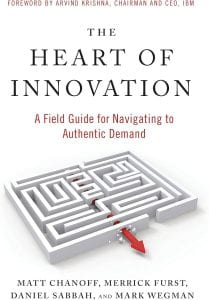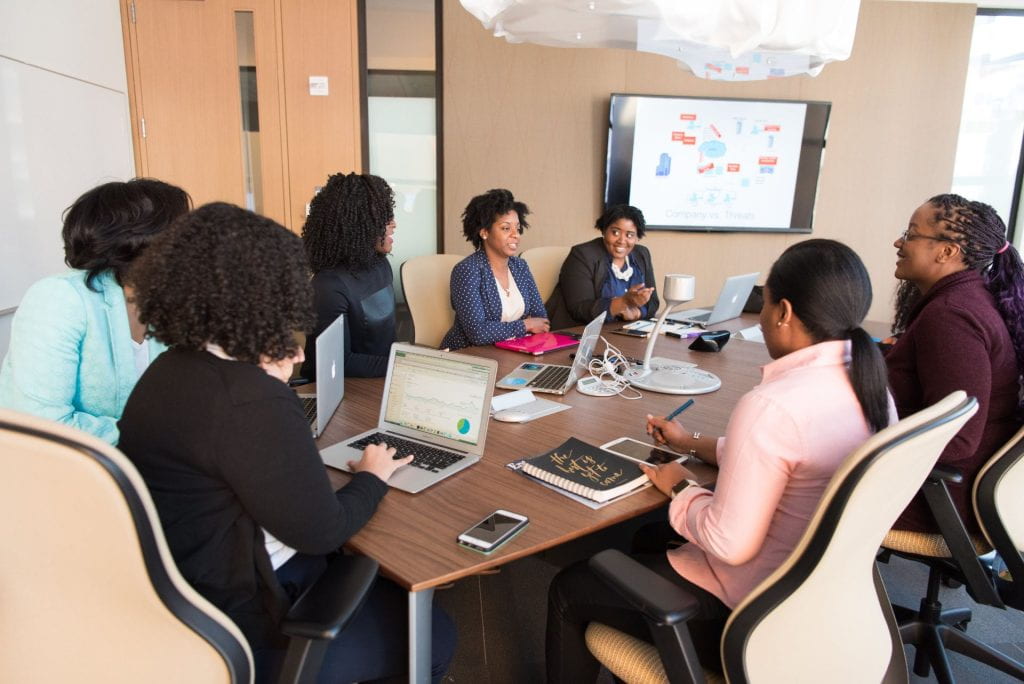
By Brianna Anderson
Engineering innovations rarely happen in a vacuum. Professionals often work in teams to solve complex problems and share their ideas. However, many engineering majors need help learning how to collaborate and communicate effectively.
Dr. Jill Fennell has made it her mission to empower STEM students to excel as strong communicators and team players. As the Frank K. Webb Academic Professional Chair in Communication Skills for the George W. Woodruff School of Mechanical Engineering, she’s spearheading a curriculum redesign to enhance students’ interpersonal skills.
Dr. Fennell sat down with us to discuss her work with the Effective Team Dynamics Initiative and share her insights on the importance of collaboration skills in engineering education.
You started at Georgia Tech as a Marion L. Brittain Fellow in the Writing and Communication Program. Can you tell us a little about how you became involved in ETD?
Teaching students collaboration skills has always been a really big interest of mine. Oftentimes, we ask students to work in teams without teaching them how to do that. So group projects don’t always give students a meaningful learning experience or help them grow and prepare for the workplace.
I initially heard about Mary Lynn Realff because I was teaching the Junior Design course in the College of Computing and the School of Literature, Media, and Communication, which is a team-based course. But I also worked with Mary Lynn as a Brittain Fellow because I was really interested in her research, and we connected over that. And so I worked with her to adapt the Effective Team Dynamics curriculum for Georgia Tech to other universities.
Your research explores how we can use affect theory to empower students and improve how we teach technical communication. How has your research on affect theory influenced your work with Effective Team Dynamics?
A lot of my research on affect theory comes down to thinking about lived experiences and how these lived experiences make us more or less likely to use something as an educational tool. I look at how I can create different learning experiences and design learning documents to make it more likely that the students will follow the directions on the assignment sheet closely.
So I was really interested in Mary Lynn’s approach to teaching effective team dynamics, because if you’ve looked at the curriculum on the ETD website, it’s highly specific to the Georgia Tech experience. When we’re working on developing this curriculum for other universities, we’re diving deep into what it might be like to be a student at that university. Some of the work that I did was researching that university’s culture and even interviewing theirstudents on what it’s like to be part of a team at that university.
Did you see many differences between the problems Georgia Tech students encounter in teams and those at other universities? Or is it more of a universal struggle?
I think it’s largely a universal struggle. Because students are used to a kind of group work that I call Frankensteining a project. You chop it up, and then you stitch it back together. But it’s all very different parts made by very different people. And what ETD is trying to do is develop a methodology for teamwork, which is much more about collaborating on all the pieces instead of everyone focusing on their own little segments. This method is really a much better learning experience for the students because it enables students to lean into their strengths without being completely siloed.
Along with adapting the ETD curriculum for other universities, you’re collaborating on an article with Mary Lynn. Can you share a little about that project?
We’re working on an article assessing how students use strength-based terminologies, specifically Clifton Strengths. Our research asks, can we determine if our students are internalizing those terms and really adopting them? Are they able to use these terms as true members of the discourse community, or is it more surface-level?
To this end, I’ve been teaching our undergraduate student researchers who are working on this project how to code qualitative and language-based responses, as opposed to quantitative numbers. We’re creating different codes and categories so that we have a systemic way to evaluate whether the students are actually using these terms in a way that goes beyond the surface level. We’re still in the draft stages, but we’re seeing promising results.
You currently serve as the Frank K. Webb Chair. How have your experiences with the Writing and Communication Program and ETD influenced your work in this role?
I started this past August, and I teach communication skills to mechanical and radiological engineering majors. So far, my role has involved working with my colleagues and co-teachers to improve the interactive curriculum, which has a lot of project-based work for the communication assignments.
So, some of the questions we’re asking are: What communication systems do we want them to use? What are the industry expectations for that? How do we want to scaffold this skill development across their four years at the Woodruff School? How are we going to assess that when we have 1,800 students? Finally, how are we going to train our Teaching Assistants to evaluate communication skills effectively and help other undergraduate students develop them?
I’m using a lot of the skills I practiced as a Brittain Fellow because I had a lot of freedom to play with the curriculum and try different approaches to teaching communication in a very tech-heavy environment. As for ETD, I’m still using a lot of what I learned with Mary Lynn because so much of the work that they’re doing is team-based. They have their first team assignment as freshmen and then more team projects every single year until they graduate.
It seems like you’re involved in many group projects yourself. What do you enjoy about working in teams?
I like working in teams because I feel like there’s a lot of energy there. I like working with other people, sharing my ideas with them, hearing their ideas, and seeing how we can build something together. Whenever I’m working on my own, sometimes I feel a little too much in a silo.
I love working in teams because it can really be a positive environment. In my opinion, you can build something better with others than you could ever build on your own, because you’re getting all of this rich, real-time feedback and insights that you wouldn’t normally have in skill sets that you wouldn’t normally have. So yeah, I love working in teams because I enjoy the energy we can generate with each other. It’s my favorite way to do work.
Finally, what advice would you give to engineering students and other people who want to learn how to work better in groups?
My first tip is what I give to all students about interacting with their professors and with teams: Don’t hide what you don’t know. I feel like when we’re in these environments, we want to kind of come across as completely impenetrable and invulnerable in all ways. And that’s not going to be as effective for teamwork later on. Like, if you know that you have two weeks where you have a test in each of your classes, and you’re just not going to be able to pull your weight, don’t hide that from your team. Let them know at the onset so they can work around it. Don’t put yourself in a position where you have to be reactive instead of being proactive.
I also always encourage students to try to decide early, whenever they get into a team, what their nonnegotiables are. So that they can create a team charter as a sort of contract or agreement on what their expectations of the team are going to be. For example, because communication is really important to me, one of my nonnegotiables would be you can’t go more than two business days without at least reacting to one of our team messages. You don’t necessarily need to respond, but you need to let us know that you saw it and that you’re still in the loop. I always recommend that students determine based on their poor or positive past team experiences, team policies to replicate the good as well as team policies to prohibit the bad.
Thank you so much for sharing your advice with us. You can learn more about Dr. Fennell’s work and read some of her articles here.



 By Mike Lehman
Working effectively as a team is an essential part of collaboration, especially in an educational environment. Group dynamics are often not about the individuals in the group but rather more about how team members interact and contribute. Effective team dynamics can create a sense of belonging and community among students, faculty, and staff. This team cohesion fosters a positive and supportive environment where everyone can fully participate and feel valued.
Georgia Tech’s
By Mike Lehman
Working effectively as a team is an essential part of collaboration, especially in an educational environment. Group dynamics are often not about the individuals in the group but rather more about how team members interact and contribute. Effective team dynamics can create a sense of belonging and community among students, faculty, and staff. This team cohesion fosters a positive and supportive environment where everyone can fully participate and feel valued.
Georgia Tech’s 